Daisies are beautiful flowering plants that have been cultivated for centuries. These cheerful and vibrant flowers can brighten up any indoor space, making them a popular choice for indoor gardening. Growing daisies as indoor plants is an easy and enjoyable way to add color and life to your home. In this article, we will discuss everything you need to know about growing daisies as indoor plants.
Table of Contents
Types of Daisies Suitable for Indoor Growing
There are several types of daisies that are suitable for growing indoors. Some of the most popular types of daisies that can be grown as indoor plants include:
Shasta Daisy (Leucanthemum × superbum) – Shasta daisies are one of the most popular types of daisies. They are known for their large, white petals and yellow centers. They are also one of the easiest types of daisies to grow indoors.
African Daisy (Dimorphotheca) – African daisies are also known as Cape marigolds. They are available in a wide range of colors, including orange, pink, and purple. They are easy to grow and can add a splash of colour to any indoor space.
Gerbera Daisy – Gerbera daisies are known for their large, colorful blooms. They are available in a range of colors, including pink, orange, and red. They are also relatively easy to grow indoors.
Oxeye Daisy (Leucanthemum vulgare)- Oxeye daisies are small, delicate flowers with white petals and yellow centers. They are perfect for adding a touch of elegance to any indoor space.
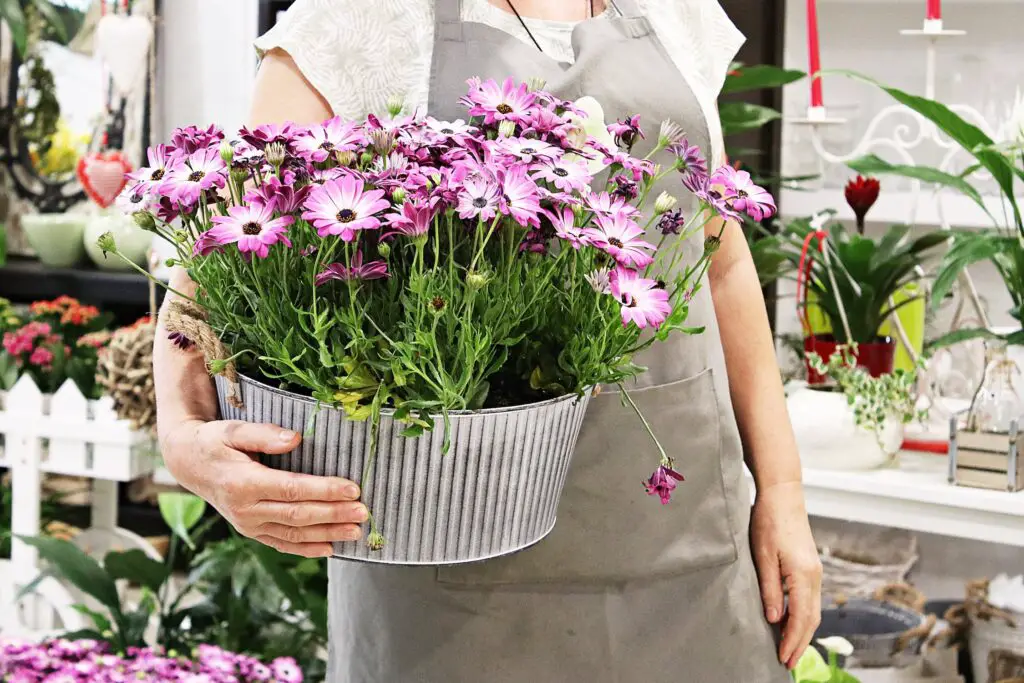
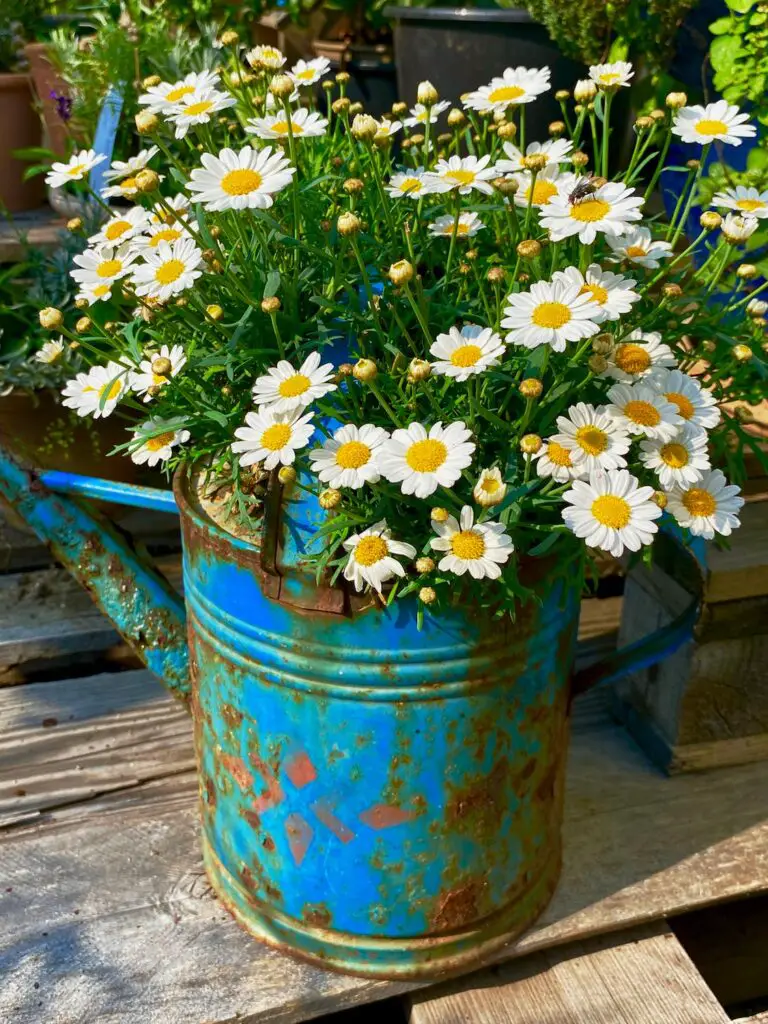
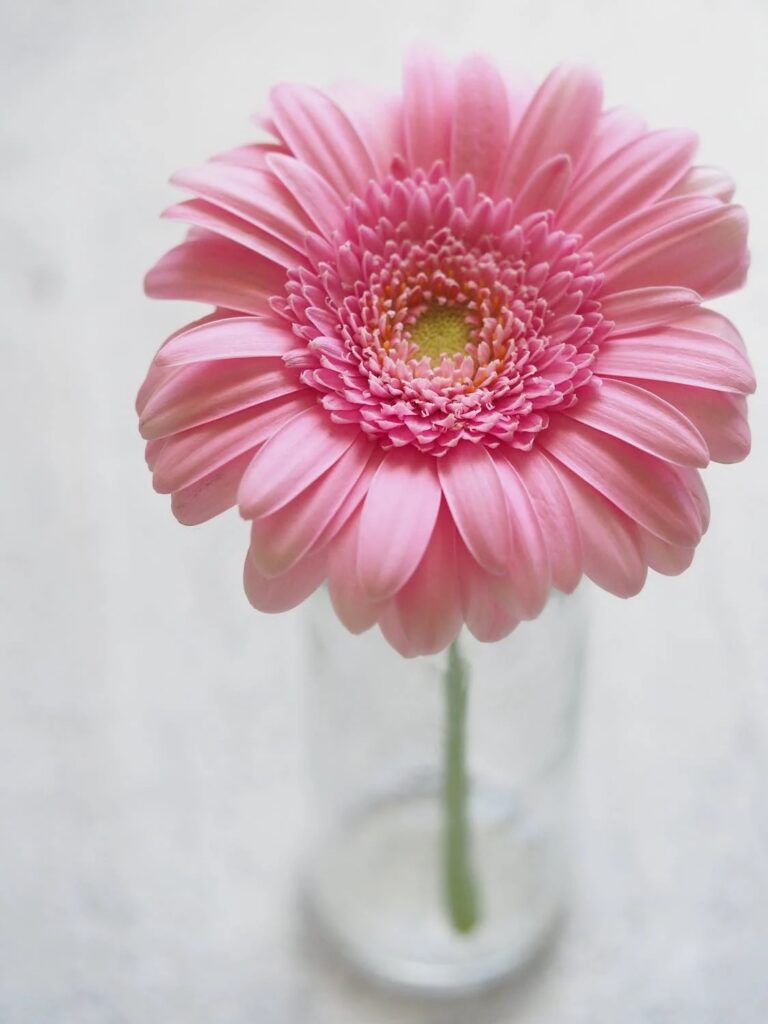
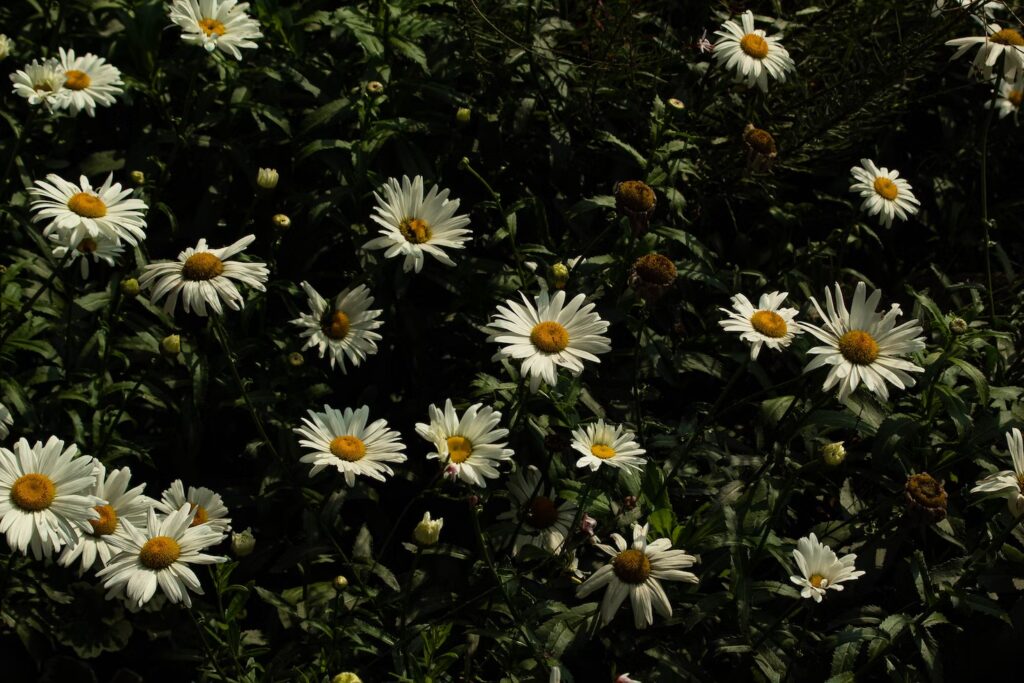
Choosing the Right Container
Choosing the right container is an important part of growing daisies indoors. You want to choose a container that is large enough to allow the roots to spread out, but not so large that the soil dries out too quickly. A good rule of thumb is to choose a container that is about 2 inches (5 centimetres) wider than the diameter of the plant.
When choosing a container, make sure it has good drainage holes. Daisies need well-draining soil to prevent root rot. If your container does not have drainage holes, you can drill some holes into the bottom of the container.
Soil Requirements
Daisies require well-draining soil to prevent root rot. A good soil mix for daisies should be a mixture of potting soil, perlite, and sand. This soil mix will provide good drainage while also retaining enough moisture to keep the plant healthy. It is important to make sure that the soil is moist but not waterlogged. Overwatering can cause root rot, which can be fatal to the plant.
Light Requirements
Daisies require bright, indirect light to thrive indoors and should be placed in a location that receives at least 6 hours of sunlight per day. If your home does not have enough natural light, you can use artificial lighting to supplement the plant’s light requirements. You can use a grow light to provide the necessary light for the plant.
Temperature and Humidity Requirements
Daisies prefer temperatures between 60-75 degrees Fahrenheit (15-23 degrees Celsius). They can tolerate cooler temperatures, but should not be exposed to temperatures below 50 degrees Fahrenheit (10 degrees Celsius). They also prefer a slightly humid environment, so you may want to use a humidifier to keep the air moist.
Watering and Fertilising
Daisies should be watered only when the top inch or 2.5 centimetres of soil is dry. It is important to avoid overwatering, as this can cause root rot. Water the plant until the soil is moist but not waterlogged. You can also mist the plant with water to help keep the air moist. Fertilising is important for healthy daisy growth. You should fertilise the plant once a month during the growing season. Use a balanced fertiliser and follow the instructions on the package.
Pruning and propagation
Pruning is an important aspect of caring for indoor daisies. Regular pruning will help keep the plant healthy and promote new growth. You should prune any dead or yellowing leaves and spent blooms to encourage new growth. You can also pinch back the tips of the stems to promote bushier growth. It is important to use clean, sharp pruning shears to avoid damaging the plant.
Propagating indoor daisies is a fun and easy way to expand your collection of plants. One of the easiest methods of propagation is by taking stem cuttings. Cut a stem from the mother plant that has several leaves and is about 3-4 inches long. Remove the lower leaves from the stem, leaving only the top few. Dip the cut end in rooting hormone and plant it in a pot filled with a mixture of potting soil and perlite. Keep the soil moist and the cutting in a bright, indirect light until roots have formed. This can take a few weeks to a few months. Once the roots have formed, you can transplant the new plant into its own pot.
Pollinating indoor daisies
Indoor daisies may need to be pollinated manually in order to produce seeds in order to thrive. To pollinate indoor daisies, you can use a small paintbrush or cotton swab to transfer pollen from the male reproductive organ (the stamen) to the female reproductive organ (the pistil) of the flower. You can also gently shake the plant to release pollen into the air, which can then land on nearby flowers. Pollinating your indoor daisies can be a fun and rewarding activity, as it can help your plant produce more flowers and continue to thrive.
Repotting indoor daisies
Repotting indoor daisies is important for their continued growth and health. As the plant grows, its roots may become cramped in its current pot, which can lead to stunted growth and other issues. When repotting indoor daisies, choose a pot that is slightly larger than its current pot, with good drainage holes. Gently remove the plant from its current pot, being careful not to damage the roots. Remove any dead or damaged roots and add fresh potting soil to the new pot. Place the plant in the new pot, making sure the soil level is at the same height as it was in its previous pot. Water the plant well and place it in a bright, indirect light until it has fully adjusted to its new pot.
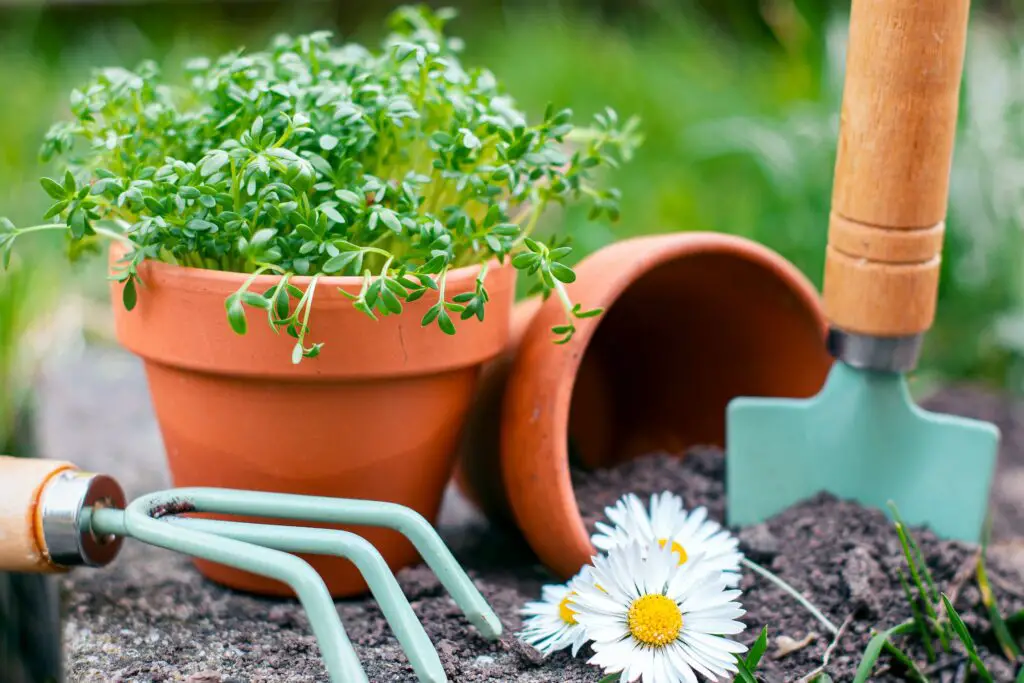
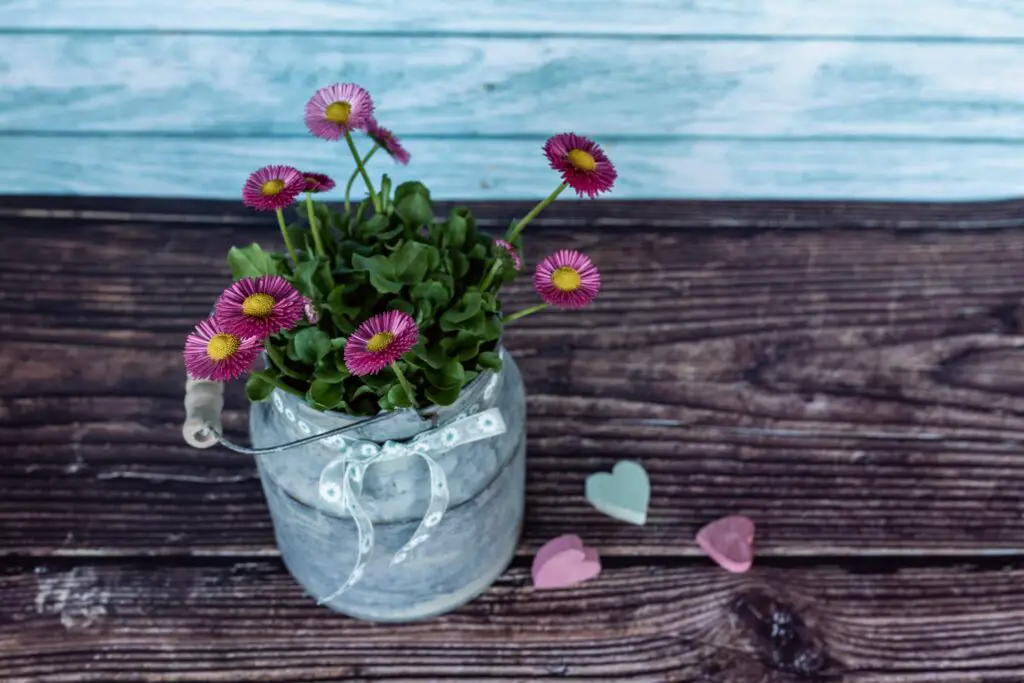
Pest control for indoor daisies
Indoor daisies, like all plants, can be susceptible to pests such as spider mites, aphids, and whiteflies. To control these pests, it is important to inspect your plant regularly for signs of infestation, such as yellowing leaves or webbing. You can use insecticidal soap or neem oil to control these pests, applying it to the affected areas and following the instructions on the label. It is also important to keep your plant clean and free of debris, as this can attract pests. If the infestation is severe, you may need to isolate the plant and consult with a professional for further advice.
Conclusion
In conclusion, indoor daisies can make a beautiful addition to your home, and with proper care and attention, they can thrive as indoor plants. Pruning, propagating, pollinating, and repotting are all important aspects of caring for indoor daisies, and can help ensure their continued health and growth. Additionally, pest control is an important consideration to keep in mind, as pests can damage or even kill indoor daisies if left unchecked. With some effort and attention, you can enjoy the beauty and charm of indoor daisies in your home for years to come.
